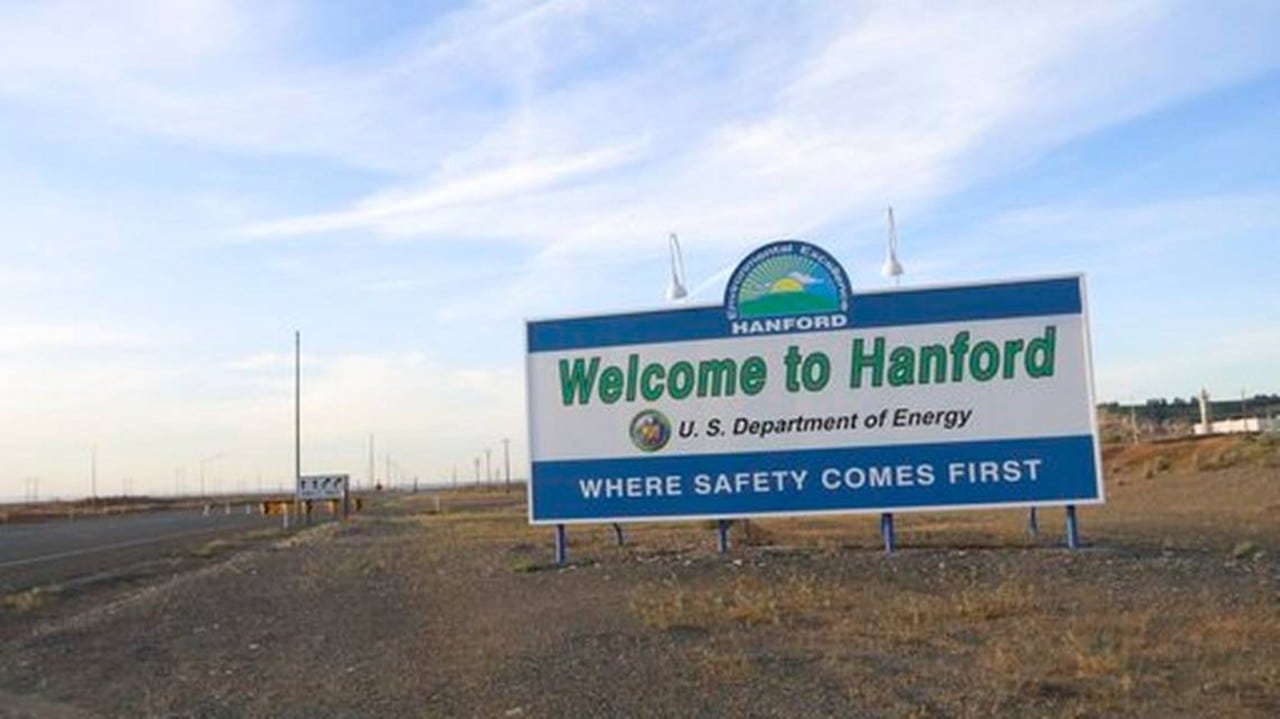
Blaming the COVID-19 pandemic, the Department of Energy on Friday asked a federal court to extend by almost two years the deadline for beginning solidification of liquid waste at the Hanford Site.
The request, unopposed by Washington state, was part of a motion filed Friday with the U.S. District Court for the Eastern District of Washington. DOE wants the court to delay hot commissioning of Hanford’s Direct Feed Low Activity Waste plant to Aug. 1, 2025 from Dec. 31, 2023.
The motion also requested delays to four other milestones, mostly related to startup of the Direct Feed Low Activity Waste portion of the Waste Treatment and Immobilization plant that Bechtel National is building for DOE at the former Hanford plutonium production complex.
Throughout the COVID-19 pandemic, confirmed to have reached the U.S. around January 2020, DOE insisted that it was working toward startup of direct feed low activity waste treatment by the end of 2023. However, the agency and Washington state in late 2020 revealed that they had worked out a deal to give the federal agency more time to complete its work after COVID-related delays.
DOE detailed the grace-period formula hashed out under that agreement in the unopposed request for relief it filed on Friday.
There are more than 55 million gallons of liquid, radioactive waste leftover from Manhattan Project and Cold War plutonium production at Hanford. Direct feed low activity waste treatment is for the least radioactive portion of the tank waste. A High Level Waste Facility, slated to come online in the 2030s, would handle the most radioactive material in the tanks. Each facility will solidify the liquids into glass-like logs for eventual deep-underground disposal.